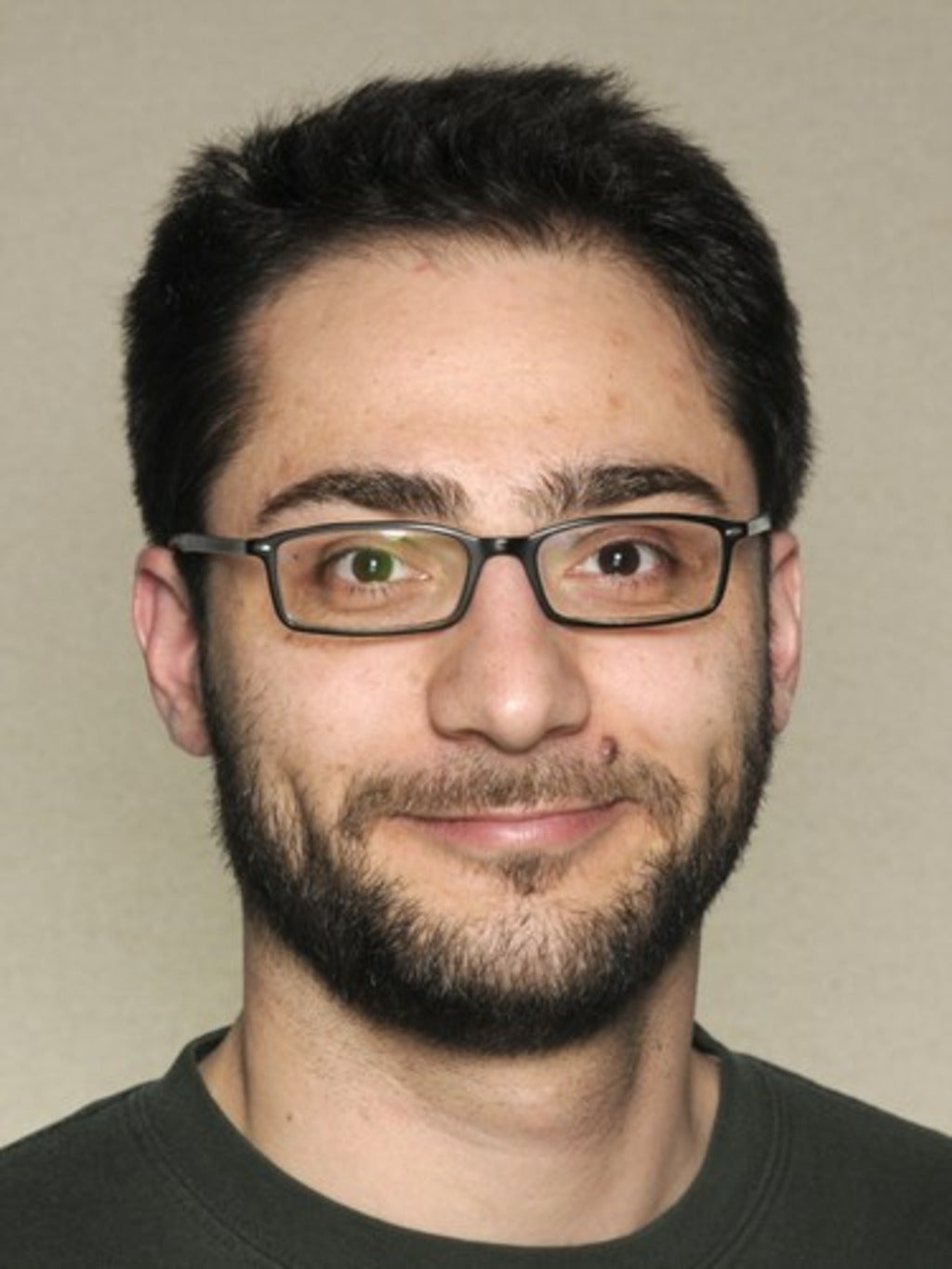Seminar: Rakesh Tiwari
Robust quantum optimizer with full connectivity
Rakesh Tiwari, McGill University
Quantum phenomena have the potential to speed up the solution of hard optimization problems. For example quantum annealing, based on the quantum tunneling effect, has recently been shown to scale exponentially better with system size as compared with classical simulated annealing. However, current realizations of quantum annealers with superconducting qubits face two major challenges. First, the connectivity between the qubits is limited, excluding many optimization problems from a direct implementation.
